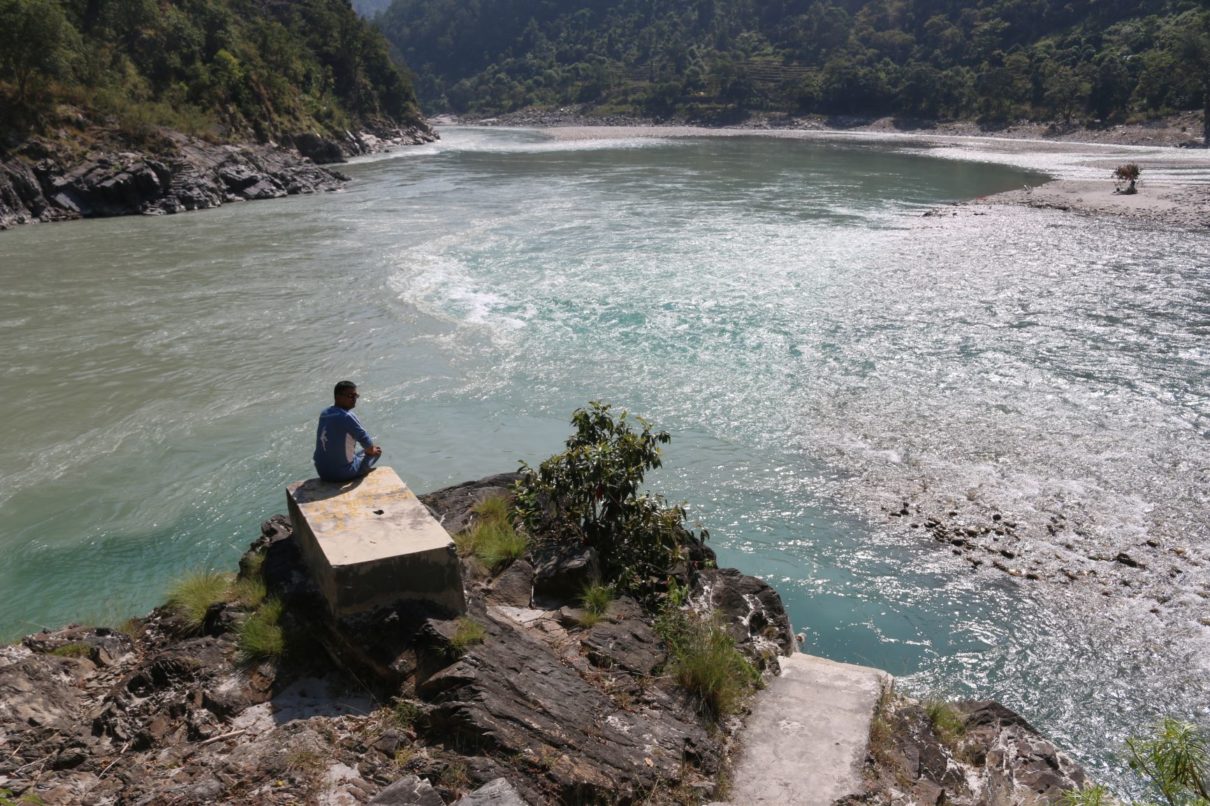Not only net FDI, but FDI pledges in the country also dropped significantly during the first half of the current fiscal year. As per the latest statistics of the Department of Industry (DoI), FDI commitments dropped by 43.27 percent in the first six months of FY 2022/23. FDI commitments totaled Rs 17.30 billion in the review period compared to Rs 30.50 billion in the corresponding period of FY 2021/22.
Economists attribute the decline in net FDI inflow to global economic recession. According to them, the global economy that was coming out from the impact of the Covid-19 pandemic has been hit hard by the Russia-Ukraine conflict and the rise in prices of commodities. Economist Chandra Mani Adhikari said that foreign investment in Nepal has decreased due to the global economic recession. "The world economy has been impacted by the Russia-Ukraine conflict as it pushed the prices of commodities, especially oil, coal, and gas, and disrupted the supply chain," said Adhikari. Economists say it is necessary to improve the existing policy and structural system to bring more foreign investment into Nepal. According to them, while the immediate reason for the decline in FDI might be the global recession, there are structural and procedural obstacles in Nepal that discourage investors. The private sector says there is no coordination on policy and institutional matters regarding foreign investment. There is a trend of announcing various facilities to attract investors but not implementing them, they said. Despite introducing a one-door system in the Investment Board Nepal and Industry Department, FDI has not come in as expected. Of late, the government has eased procedures related to FDI. In November last year, it lowered the minimum threshold for FDI to Rs 20 million from Rs 50 million to attract even small foreign investors in the country. “The threshold was reduced as per suggestions from stakeholders,” said Tiwari. “The decision is expected to encourage FDI in the information and communication sector, which does not need big investments in physical infrastructure.” And, in January this year, Nepal Rastra Bank allowed a company with foreign investment operating in Nepal to borrow up to 100 percent of the paid-up capital from its parent company. Earlier, it was restricted to 60 percent of the paid-up capital. Such companies can also pay an interest rate as high as a one-year benchmark interest rate plus 3.5 percent per annum, up from a one-year benchmark interest rate plus a three percent additional rate per annum earlier. The NRB has also allowed foreign investors to record their FDI details at the central bank by mid-January 2024. Likewise, companies bringing foreign loans can also record such borrowings by mid-January 2024. Nepal’s Foreign Investment and Technology Transfer Act has permitted bringing both FDI and foreign loans. Net FDI in Nepal (First six months)
| FY Net FDI 2022/23 Rs 749.4 million 2021/22 Rs 11.34 billion 2020/21 Rs 7.65 billion |











